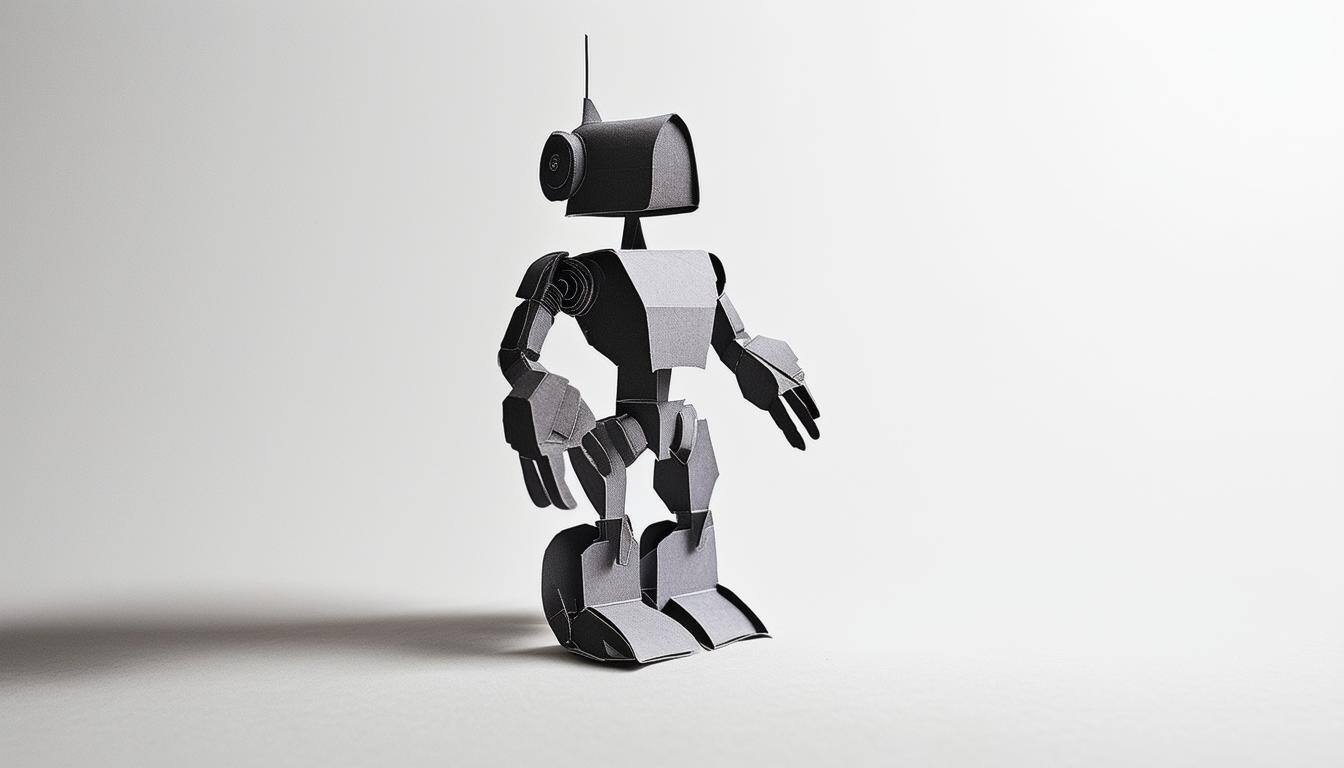New Year, New You: Marketing Trends for 2020
Here are five marketing trends we’re exploring in 2020:
1. Geomarketing
At its most basic, “geomarketing describes any form of marketing that incorporates location intelligence in order to improve the odds of a particular message reaching the right consumer at the right time.” Geomarketing has been around for a few years, particularly in B2C industries, where the value of collecting and utilizing location data is clear. But in recent years, the benefits of collecting location data for B2B organizations gained increasing attention.
Geomarketing and location data empower B2B marketers and businesses to personally target the buyers they need to reach. Location data builds a digital footprint of where targets are spending time, while also painting a bigger picture of the customer journey. Geodata ultimately gives you the ability to paint a holistic view of your audience, allowing you to refine your marketing strategy to make it more valuable and relevant to customers.
2. Lifecycle Marketing
According to Marketo, for B2B tech companies, winning a customer is only the first step of the journey to customer lifetime value (LTV). But most marketing strategies stop at customer acquisition, leaving a serious gap in the rest of the customer lifecycle: What about customer churn? Upselling and cross-selling? Lifecycle marketing is a strategic shift that insists marketers must seamlessly extend the experience that engaged and converted customers on the front end to one that will engage and grow their loyalty and satisfaction on the back end.
To begin considering lifecycle marketing strategies, Marketo encourages companies and marketers alike to ask:
- What do new customers need to implement and become proficient at using your solution?
- Who are the new roles and people you need to engage with?
- Are customers achieving their desired outcome?
- How can you help them get more value?
- How easy is it for customers to do business with you over time?
- What content, tools, or resources can you provide to generate excitement and anticipation for using your solution?
- Do you have programs to help power-users bring along those that are more reluctant to embrace new ways of doing things?
For even more lifecycle marketing strategies, read “Increasing Conversions and Loyalty with Lifecycle Customer Marketing.”
3. ABM
We love ABM here at UDG because the core activities are critical to creating a human brand and marketing experience — not to mention the potential for significantly increased marketing ROI. When done right, ABM integrates sales and marketing across the funnel to create a set of benefits that outshine more traditional marketing strategies. Improved customer acquisition, personalization, accelerated sales, higher ROI, and sales-marketing effort synchronization are just a few of the positives that ABM brings. But the road to ABM success can be windy. Read our previous blog to discover some of the obstacles you should prepare for.
4. Interactive Marketing
Interactive marketing is a one-on-one marketing tactic that adjusts and responds, in real time, to the customer’s actions. And just like the other marketing strategies we’ve covered so far, increased personalization shortens the sales cycle and creates stickier customers.
From quizzes and contests, to interactive videos and infographics, interactive marketing takes personalization to the next level. Different types of content can be personalized according to your buyer journey and/or other segments that are relevant to your customers and business, such as interactive storytelling, personalized content, layered information, and two-way interaction.
5. AR/VR
At the center of AR/VR in B2B marketing is creating a human experience for buyers across industries. According to CMO, “by superimposing virtual images onto a user’s view of the world, AR can help B2B businesses enhance the buying experience for customers and ultimately drive more sales and loyalty.”
The greatest value that AR marketing promises is clearer demonstration of your value proposition early in the buying cycle. Traditional marketing materials have grown stale and will take you only so far, but with AR, businesses can clearly articulate a product’s or service’s value in a three-dimensional capacity. Buyers have the chance to see how your product will actually interact in their space and fit into their organization right off the bat, which gives you an early advantage.
While these five trends are exciting, and most companies have begun efforts to leverage them in one capacity or another, two challenges ring true: resource and scale. Judging from reports by Deloitte and Demand Gen Report, companies are struggling to perform the market research, content customization, and strategic integration needed. Bringing in a marketing consultant that is experienced in helping a portfolio of customers reach modern marketing success can be the key to skyrocketing your efforts of tomorrow.
Contact us if you have any questions or would like to learn more about how you can make your 2020 marketing ambitions come true. And, to help you keep up marketing’s most exciting developments, be sure to follow us on Twitter, LinkedIn, and Facebook.


